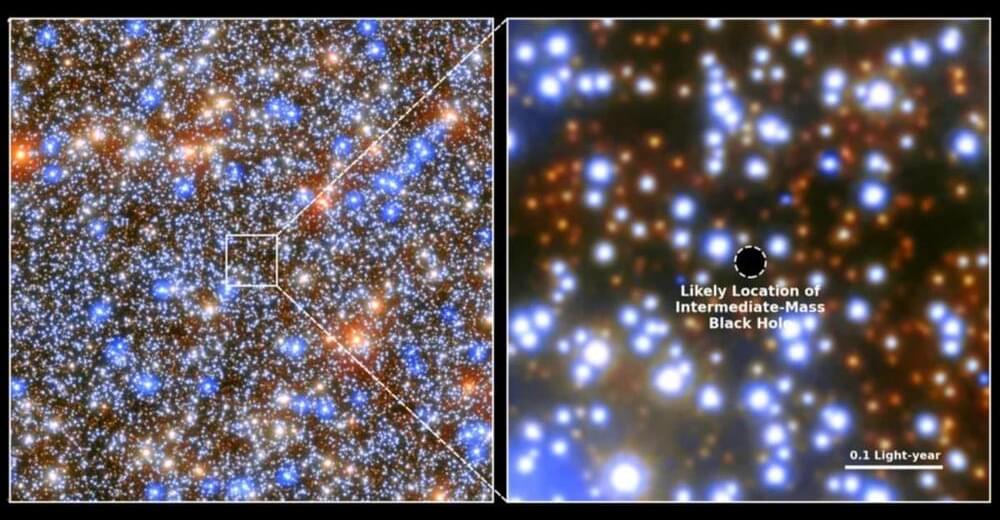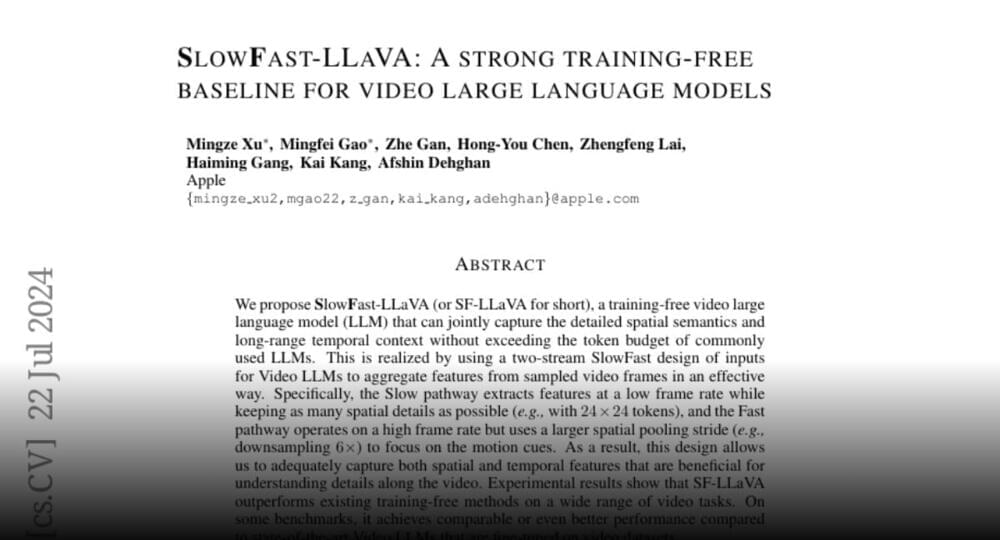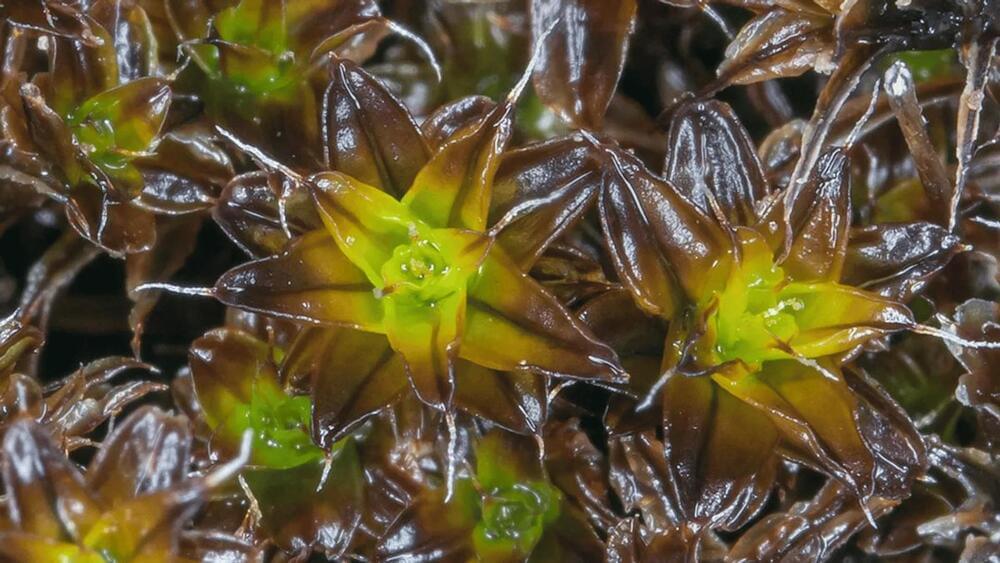From 2018, Dr. Jon LaPook’s groundbreaking report following an Alzheimer’s patient and her caregiver husband for 10 years to document the struggles they face. From 2019, Bill Whitaker’s heartbreaking look at frontotemporal dementia. From July 2017, Lesley Stahl’s examination of efforts to prevent Alzheimer’s. And from this past January, Sharyn Alfonsi’s story on a new approach to brain surgery that could revolutionize the treatment of Alzheimer’s disease.
#news #alzheimer #dementia.







